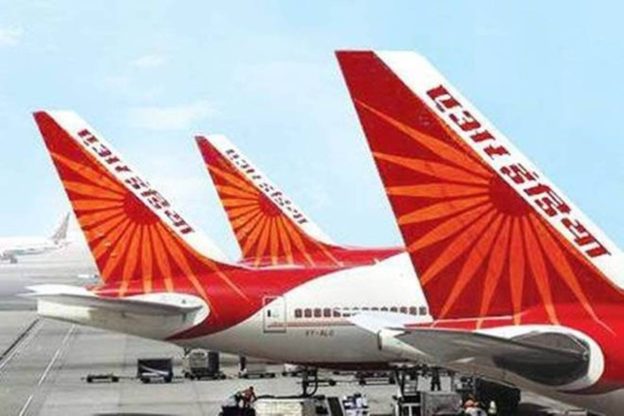The task on hand now is turning around this entity and it’s other challenges
Air India will head back to the Tata Group after decades flying as the national carrier. (Photo Credit: IE)
If to Tatas, the group is a microcosm of India, having the country’s national carrier under its fold, would be a big deal. And to top it all, if there is an old association and a shared history, evaluating emotions against financial prudence can get tricky.
It is not surprising therefore that just after the announcement was made that the Tatas had won the bid for Air India, Ratan Tata, the chairman emeritus of Tata Sons and nephew of the legendary J R D Tata, who founded Tata Air, which was later nationalised as Air India, put out a note saying: “Welcome back, Air India.”
Apparently, not quite oblivious to the challenges ahead, Ratan Tata does also say: “It will take considerable effort to rebuild Air India.” He should know, for the last time anyone from the Tatas had anything to do with Air India, it was Ratan Tata himself. As its chairman in the pre-economic liberalisation days of the late 1980s India, he left the Air India board in not the happiest of the circumstances at that time.
Now, a good 35 -odd years later, there is another generation running Air India, which to Tatas would mean dealing with a culture, system, people and practices with almost no overlap with the Tatas.
The task on hand now is turning around this entity and it’s other challenges – be it the financial liabilities or poor customer service – albeit the airline does have some positives – quality of its pilots, some of its technical staff included perhaps apart from the international landing slots.
Those who have looked at the airline industry closely and studied the Tata airlines and this deal, feel, while there are positives, concerns abound. The primary concern is that of the funds that would be needed. With the Rs 18,000 crore for Air India come its huge debts of over Rs 30,000 crore along with the huge annual losses, it has been incurring. Where will all the funds come from? Even if, the government were to write off large amount of Air India’s debt, whatever is left, will add to the pressure on resources given the losses Vistara and Air Asia are already incurring.
“Apart from the funds that would be needed and how these will be raised and deployed, there is the element of what happens to the commitments to grow and expand Vistara (an airline that, that many in the industry see, enjoying a good reputation in terms of service), ” says Milind Sohoni, area leader and professor of Operations Management at the Indian School of Business (ISB). The incredibly busy professor, who also dons the hat of a deputy dean, has research interest in airlines.
Vistara will now compete with Air India, apart from Air Asia (where Tatas now have a stake). How will all of this interface with Tatas commitment now to grow Air India, is now a big unknown.
Some feel, perhaps Air Asia could be considered for merger with Air India but Vistara, which has Singapore Airlines as a partner, may not be willing to go down that route.
“One huge positive is the strength of network that comes with Air India globally with the landing slots that it has with presence in almost every possible important destination globally, which it built as a national carrier earlier,” says Professor Sohoni.
While, he does see “a lot of emotional content in this,” the professor feels, it is perhaps imperative for the group to now think on what it intends to do across the group.”
While all of it is being looked into, the professor is also quick to remind: “airlines, in general the world over, are not a profitable business to get into. Very few airlines worldwide are actually making money (read the likes of Singapore Airlines, Emirates and a couple of others).”
He therefore, like many others, also seems to believe that the Tatas are unlikely to run three airlines and therefore there will be reason to expect consolidation. The immediate concerns he now sees would be around the measures Tatas would want to take “to get a steady business for the airline, will they for instance, still try and keep government contracts? Will they still be the preferred carrier of the government? Will they pursue these options? Apart from the kind of the mix they would want to retain in terms of low cost and full-service airline? How will they approach cost-cutting?” Equally crucial, he says, are the questions that go beyond finances and involve brand re-building. How for instance, he says, do they intend to change the image of Air India, which seems to have slipped in customer service? It has the advantage of a large fleet of 127 aircraft but then many among them are aging too. What kind of structural improvement this will warrant and to what extent is it able to get the traffic back to Air India? How Tatas take off on each of these, will be watched closely by the industry, markets and also the competition.
https://www.financialexpress.com/opinion/what-is-an-emotion-worth-how-can-tatas-rebuild-air-india/2346730/







